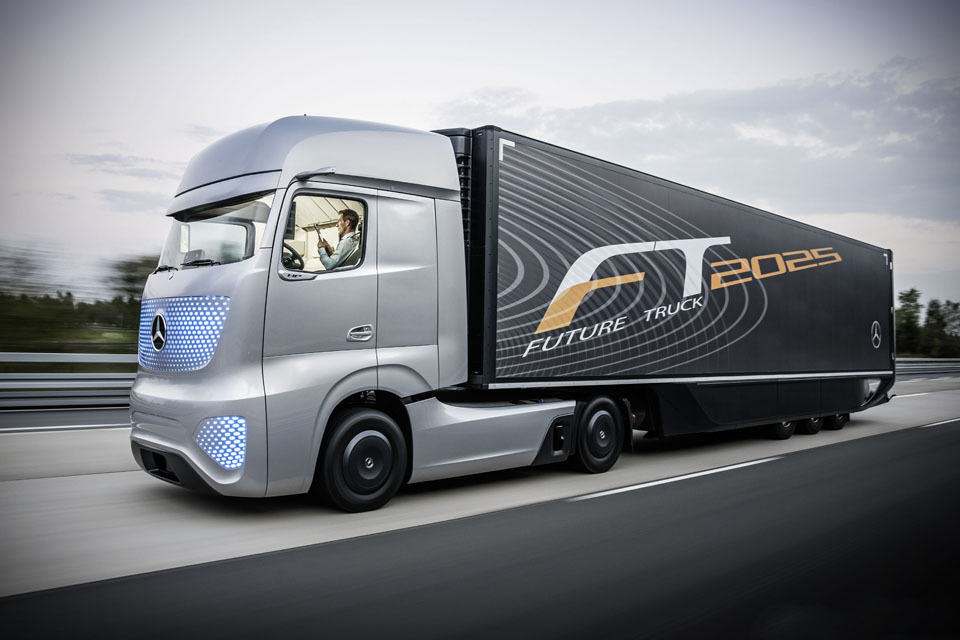For good or bad, drone is one of the most important inventions of the 21st century. The technology is marred only by battery life. However, if Swiss company LakeDiamond has its way, then there is a possibility that the drones of the future could stay aloft indefinitely. And how LakeDiamond plan to turn this fantasy science into reality? The answer is ‘diamond and laser’.
Basically, the technology involved shooting lasers through diamonds, carrying with it electricity to the targeted drones outfitted with photovoltaic cells. Already, there is at least one company harnessing infrared to power consumers device and so, it is not farfetched to think it could be used as a medium to transfer electricity to aircraft.
On paper, laser presents an ideal medium for electricity feed, but the problem is, this form of light is known to degrade over distance and so, the challenge is how to maintain the quality of light to ensure a consistent delivery of electricity. To achieve this, the company has developed an artificial diamond that will help a laser beam maintain the quality over great distances.

If this proved to work, then drones of the future may be able to discard battery entirely, leaving the weight for mission payloads. Or at least, reduce the size of the battery system normally would be required. Think of LakeDiamond’s artificial diamond as a focus lens that not only ensures the light goes where it supposed to go, but also maintain the quality so power can be delivered consistently.
The company has already built a test system that uses a 1.55 micrometer laser that is capable of delivering 4 watts of power, which is equivalent to 10,000 laser pointers. As of now, this scaled system is able to power a small, camera-equipped palm-sized drone indefinitely, up to a distance of 10 meters (33 feet). The next challenge is to create power delivery of 100 watts at up to 100 meters (330 feet) range. But that will need a couple of years to materialized.
However, the technology is not without its caveats. One most obvious caveat is the solar cells which may not generate enough power quick enough to feed the aircraft. Straightforward solution is to slap the drone with more cells, but that will increase the weight which is freed up by not having the battery system. I would think as the technology is being developed, the initial application could serve as a supplement the current battery system to keep the aircraft in the air longer.
According to Wired, LakeDiamond’s tech could also use to beam energy and even data to satellites orbiting at up to 700 miles. This proposition has helped the company secured funding from the Swiss Space Center and the European Space Agency to further the development. Even so, the company is looking at more money for the research and development, and for that, they have created a 1-carat, 5-mm “brilliant round” diamond made with their proprietary process which consumers can buy.
But this high-tech artificial diamond will not be able to power a drone and like its natural counterpart, it is not cheap either. Expect this man-made precious rock to set you back at a hefty $14,400 a pop. And yes, apparently, you could buy this high-tech man-made diamond.
Images: LakeDiamond.
Source: Wired.



